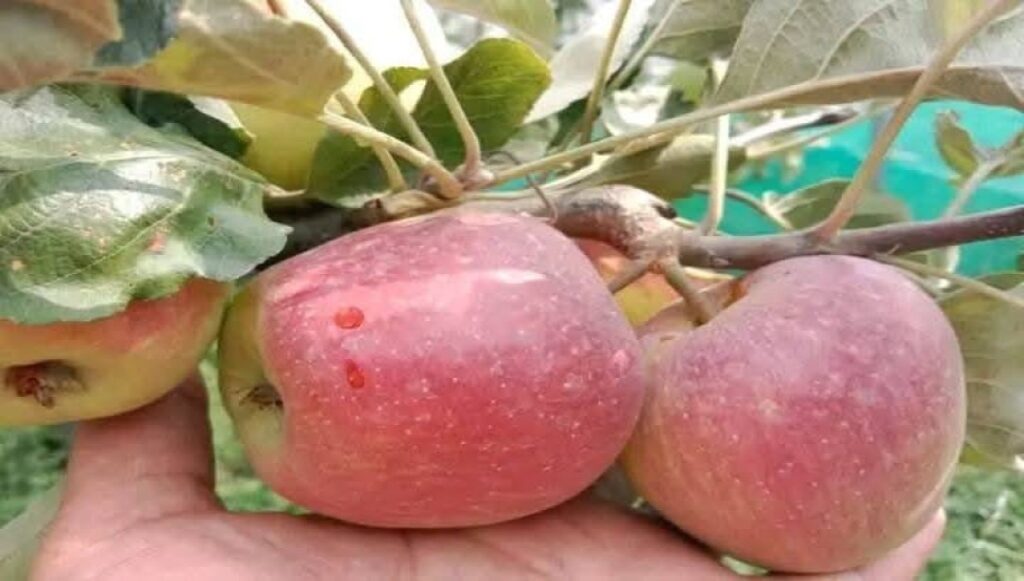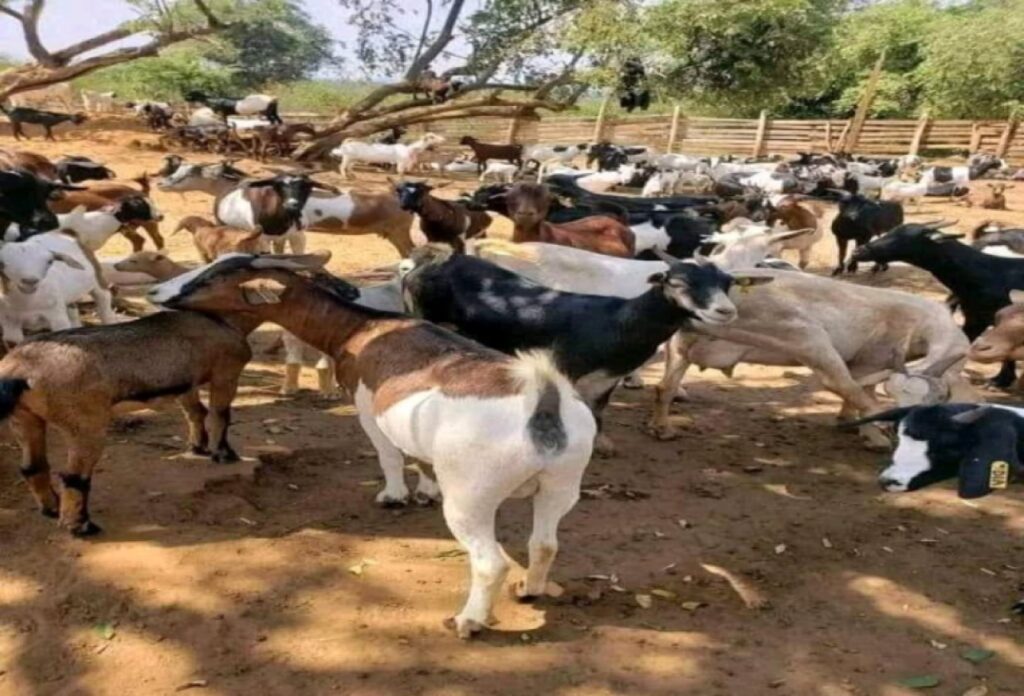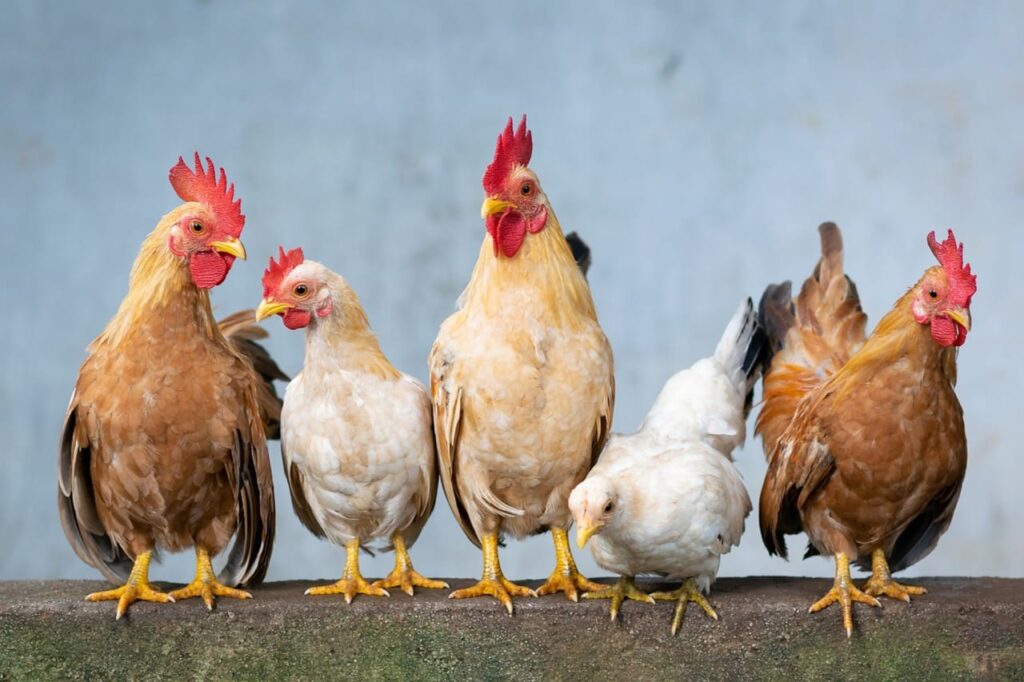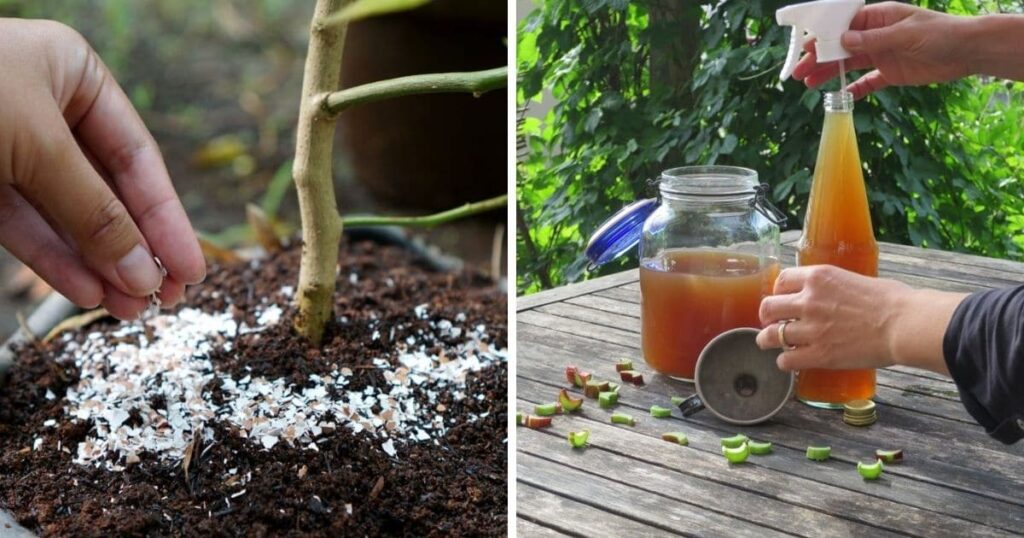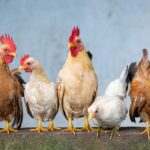Types of Goat farming for smart Agripreneurs

Goat farming has gained popularity across the world as one of the most profitable and sustainable livestock ventures. Whether you are a smallholder farmer in a rural area or managing a large-scale agribusiness, goats offer a wide range of benefits from meat and milk to fiber and manure. Their adaptability, low maintenance requirements and quick reproduction make them an ideal investment for both beginners and experienced farmers.
Types of Goat Farming
Different farmers specialize in various types of goat farming depending on their goals, resources, and market demands. The three main types include meat, dairy and fiber goat farming.
1. Meat Goat Farming
Meat goat farming focuses on raising goats for their tender, flavorful meat, which is a staple in many cuisines worldwide. Goats bred for meat grow quickly and yield high-quality cuts that are lean and rich in protein. The Boer goat, originally from South Africa, is one of the most popular breeds in this category due to its rapid growth rate, muscular build and excellent meat yield. Other notable meat breeds include Kiko and Spanish goats, known for their resilience and adaptability to various climates.
2. Dairy Goat Farming
Dairy goats are raised primarily for milk production. Goat milk is rich, nutritious, and easier to digest than cow milk, making it a valuable alternative for people with lactose intolerance. It’s also used to produce high-demand products like cheese, butter, yogurt, and ice cream. The most common dairy breeds include Alpine, Toggenburg and Saanen goats, which are known for their high milk yield and calm temperament. Proper feeding, hygiene and regular milking schedules are crucial to ensure consistent production and quality.
3. Fiber Goat Farming
In fiber goat farming, goats are reared for their soft and luxurious undercoats, which are processed into high-end textiles. Two main breeds dominate this category the Angora goat, which produces mohair and the Cashmere goat, which yields cashmere wool. These fibers are used to make luxury garments due to their warmth, lightness and silky texture. Though fiber goat farming requires meticulous grooming and regular shearing, it can be extremely rewarding for farmers targeting niche fashion markets.
Top Goat breeds for profitable farming
Choosing the right breed is one of the most important decisions in goat farming. The breed you select will influence your farm’s productivity, market potential and maintenance costs.
- Boer Goats: Ideal for meat production, Boers are muscular, fast-growing and have high fertility rates. They are also adaptable to different environments.
- Alpine Goats: Famous for their excellent milk yield and ability to adapt to various climates, making them perfect for dairy farms.
- Kiko Goats: Originating from New Zealand, Kikos are strong, disease-resistant and thrive in harsh conditions. They are great for both meat production and land management since they graze efficiently.
- Saanen Goats: Often called the “Holsteins of goat farming,” Saanens are the highest milk producers among goat breeds, producing large volumes of milk with mild flavor.
Common challenges in goat farming
While goat farming is lucrative, it comes with challenges that farmers must navigate carefully to ensure long-term success.
1. Disease Management
Diseases like pneumonia, tetanus, foot rot and internal parasites can severely affect goat health and productivity. Regular vaccination, deworming, and maintaining clean housing are essential preventive measures. Farmers should also provide adequate shelter to protect goats from extreme weather and ensure they have access to clean water and nutritious feed.
2. Market Access
For many small-scale farmers, the biggest hurdle is accessing reliable markets. Successful goat farming requires identifying potential buyers such as butcheries, dairy processors and textile industries and maintaining strong business relationships. Building a brand, joining farmer cooperatives, and using digital platforms can help expand market reach and increase profits.
3. Low Market Prices
Price fluctuations in meat, milk, or fiber can affect income stability. Farmers can counter this by engaging in value addition, such as processing milk into cheese or packaging meat attractively for urban consumers. Diversifying into multiple goat products, like manure or hides, also helps stabilize income throughout the year.
Why Goat farming matters
Beyond profitability, goat farming contributes to food security, environmental sustainability, and poverty reduction. Goats are efficient browsers, feeding on weeds and shrubs that other livestock may ignore, making them useful in land management. Their manure enriches soil fertility, supporting crop production and sustainable agriculture.
For rural communities, goat farming provides steady income, nutrition through milk and meat, and empowerment opportunities especially for women and youth entrepreneurs.
Goat farming stands out as a profitable, adaptable and eco-friendly agricultural venture. Whether for meat, milk or fiber, goats offer multiple streams of income while requiring minimal resources compared to other livestock.




